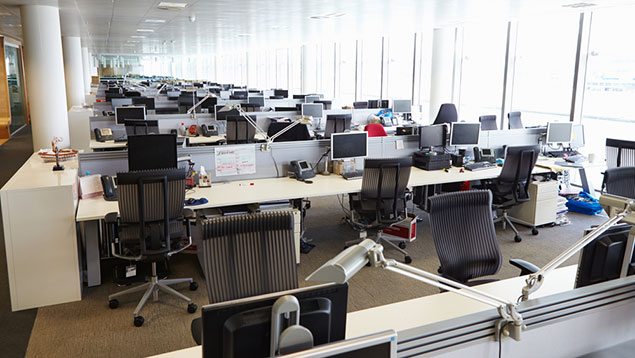Here we are, in the new world of the telecommuting future thanks to the impetus of the pandemic. Operations following lifted pandemic restrictions will include telework, flexible work hours, working from home, home office, coworking spaces, and turning to jobs online, all a part of the new normal, a metamorphosis in the workforce of the post-pandemic world.
Fortunately, all the necessary technology is readily available for employers to adapt to telecommuting and remote working as we ready to return to the new normal and beyond.
If your business or organization is not already remote-work-savvy now is the time to ready for the new digitally enhanced workplace following in the footsteps of other businesses and organizations that vow to never return to archaic pre-pandemic methods of operating their businesses.
Everything You Need is Here
Some of the first places to look for digitally upgrading your teleworking environment would include software to communicate with and monitor staff, applications for scheduling projects and task management, training programs, and security solutions.
The Top 10 Attributes of Post-pandemic Operations
1. Structure
Organizational structure is important to layout as early as possible for establishing hierarchy and accountability among the digital workforces. The better your structure is formatted, the more secure your remote workers will be adapting to the work from home model. Though, not all your personnel will be working from home. Some staff may still be coming into work, even if only for a day or two per week, then teleworking the remainder of the time. You will have to figure out what works best for your organizational structure.
2. Empower Staff
By empowering your staff to take responsibility for their own tasks, you add the necessary and most impactful component of flexibility to your team. This also relieves you from the responsibility of monitoring each and every employee. Take your attention off of the minute details and focus on the while, allowing each employee to manage themselves.
3. Communicate
Keeping the line of communications open is very important, and especially allowing and encouraging staff to reach out if they are feeling overwhelmed by any piece of the task at hand. Team chat tools can allow team members to stay in contact and report ideas to problem-solve on the fly.
4. Performance Evaluation
Performance evaluation in the new normal is conducted on a large-scale, then at several levels below by reviewing strategic Key Performance Indicators (KPI) to measure the overall performance of the organization, each team, and for problem-solving, each employee. All efforts can be traced to ensure the success of the organization.
5. Motivation
You might choose to use virtual boards to keep employees motivated (though these only work if everyone is on board, using, and regularly updating them).
6. Culture
The biggest organization-wide tele-employee advantage with the most impact on your overall performance is to establish a positive work culture. Working remotely should be a celebration of all the best attributes of an organization and its employees culminating in a joyous performance.
7. Empathetic Correction
Of course, there will be slumps in individual and team performance which will need to be addressed along the way but do so in a compassionate and empathetic manner. No one should ever feel like they are being punished or threatened by, “It’s my way or the highway,” which is considered barbaric in the current workforce marketplace.
8. Trust and Support
Employees perform better when they are able to accept their own responsibility within the most flexible parameters, and when they feel supported and trusted.
9. Non-work-related Socials
Digital non-work-related social events can help to take the edge off of staff which is feeling the pressure of being on lockdown resulting from a pandemic and executive restrictions. So, feel free to be creative and support Zoom meetings that are just for fun. Maybe a staff talent contest, show off your work-crib competition, fashion review, pet show, cooking show, or host an online karaoke show. Anything to take the edge off potential cabin fever or blues from isolation.
10. Affinity
“All work and no play makes Jack a dull boy,” so apply the “non-work-related” label as often as possible when reaching out to and communicating with your employees. The creates affinity among your organization and will put you miles ahead in employee retention.



